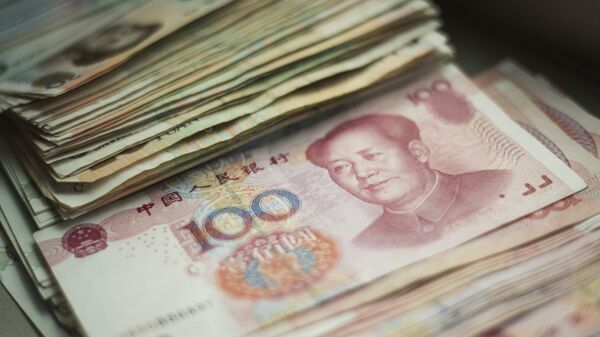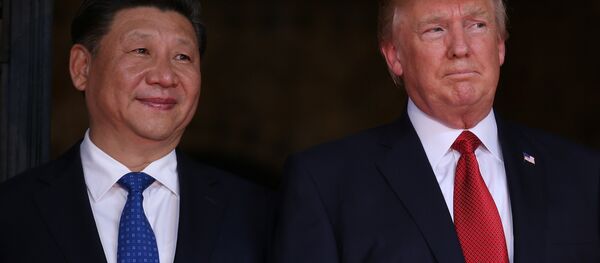Mainland China's economy expanded by 6.9 percent in 1Q17, its best result since 2015 after six consecutive quarters of steady deceleration, as the authorities in Beijing have demonstrated some progress in rebalancing the nation's economy from export-driven expansion to the domestic consumer market. Increased business investment, supported by the ongoing expansion in commercial credit issuance, as well as robust industrial activity drove the rebound.
This acceleration was also the first in seven years and is greatly attributed to increased infrastructure spending by the central government. Domestic retail sales also increased, along with industrial output. The Chinese economy seems to be on the right track – as the international demand for Chinese-made manufactured goods in fading, the nation's economy is becoming increasingly reliant on the domestic market, following in the footsteps of Asia's other formerly export-reliant industrialized nations, such as Japan of South Korea.
"For the first time in the recent years, China starts a year with a strong headline GDP," Raymond Yeung of Australia & New Zealand Banking Group Ltd. said. "Thanks to strong investment and property, the economy is performing well."
Producer prices also increased, suggesting that factory-gate disinflation eased somewhat. However, it is not yet clear whether the 1Q17 success will prove sustainable down the road. The Chinese economy might continue its slowdown later this year, as it is heavily reliant on government stimulus and restrictive capital controls. Old, export-oriented industries are also still very prominent in the structure of the Chinese economy, and while the international trade in manufactured goods is facing rising protectionist obstacles, more decisive reforms might be required in mainland China.
"The Chinese government has a tendency to rely on infrastructure development to sustain growth in the long term," ANZ analysts wrote. "The question is whether this investment-led model is sustainable as the authorities have trouble taming credit. We need to watch closely whether China's top leadership will send a stronger signal to tighten monetary policy shortly."
Mainland China's property market has demonstrated a stunning rise in value recently, stirring the speculation of a real estate bubble possibly forming in its largest metropolitan areas. The expansion in homebuilding, while supported by the availability of easy credit, remains insufficient to address the immense demand for properties.
One way or another, the renewed optimism of the Chinese economy helped reassure international investors of the health of the world economy. Last year, the slowing Chinese economy drove economic expansion in roughly one-third of the global economy, providing substantial demand for raw materials, energy and investment capital, and a supply of inexpensive manufactured and consumer goods, as well as a noticeable flow of outbound capital. As mainland China is feeling better this year, commodity and international real estate markets are feeling more confident.
"Emerging markets will benefit from this strength in Chinese growth firstly through commodities demand and support for commodity prices," Rajiv Biswas of the Singapore branch of IHS Markit said. "Secondly, the whole Asian manufacturing supply chain will get a boost from stronger Chinese growth."
In March, mainland China's imports from ASEAN rose by 22.7 percent year-on-year, and by 41.5 percent from Singapore alone. Meanwhile, Chinese imports from Australia skyrocketed by over 70 percent in the past twelve months. With rather humble gains in Chinese manufacturing, compared to the gains in raw material imports, mainland China is most likely stockpiling commodity inventories, anticipating a surge in raw material prices in the near future.
Still, the overall volume of debt financing in China rose by 12 percent over the period, adding to the concern that the uptick in the pace of economic expansion might be artificial.
"[A] large part of growth is achieved by another unprecedentedly large fiscal stimulus, infrastructure investment, and debt escalation, which is currently being camouflaged by increasing housing prices and land values," Zhu Ning of the National Institute of Financial Research at Tsinghua University in Beijing said.
Overall, an elevated sentiment of uncertainty is mounting in China, now that the pace of economic growth is moving in unpredictable directions. While structural factors point to a likely further slowdown, the government remains rather optimistic, as do domestic consumers. The prominence of foreign trade is still undeniably significant, and it will take a lot more effort from Beijing to ensure longer-term economic sustainability.






